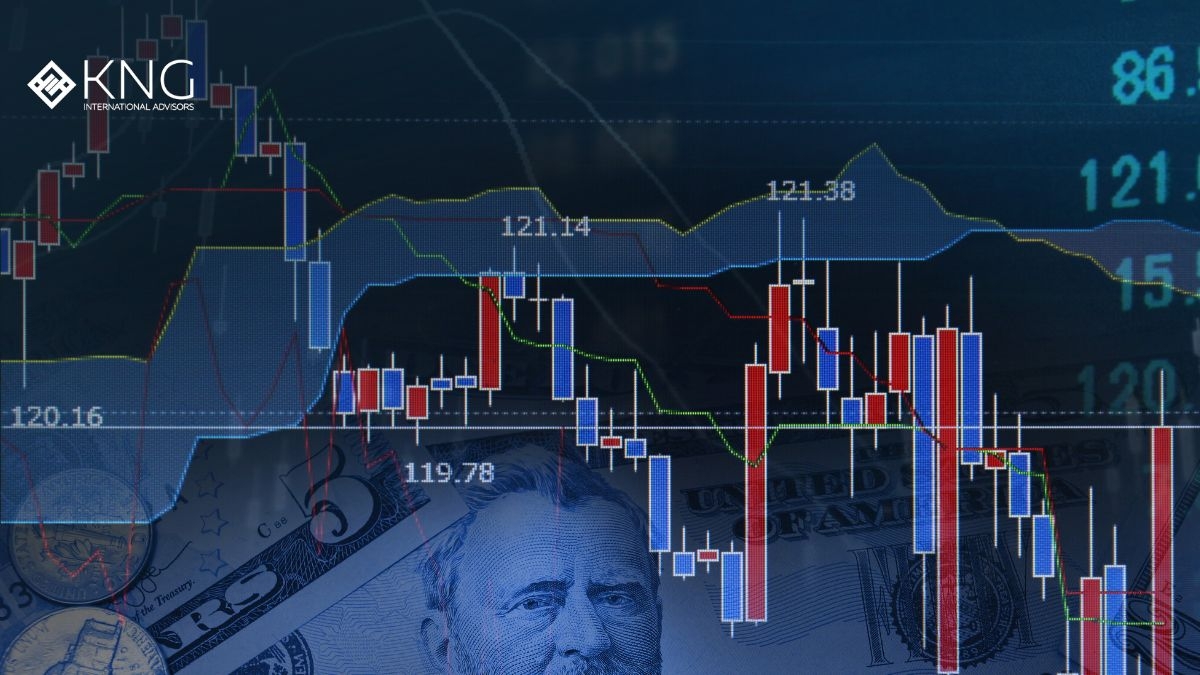Monday, August 4th, 2025
Audio in Spanish
Audio in English
At the start of the year, many experts were ringing alarm bells about the economy and markets. They warned that if Donald Trump followed through on his plans to raise tariffs (basically taxes on imported goods), it could cause a double whammy for the US economy: prices would go up (inflation) and growth would slow down, a gloomy mix known as ‘stagflation’.
Economists even had a formula: every 1% rise in tariffs would trim growth by 0.1% and add 0.1% to inflation. Chief executives, investors, and news commentators echoed the same concern.
Fast forward to today, and the outcome has been surprisingly calm. In fact, quite the opposite of what everyone expected, with the economy remaining stable and equity markets hitting new all-time highs.
President Trump did go ahead with tariffs. The average US tariff jumped from 2.5% to 15%, a big move. And the US is now collecting more than $300 billion a year in tariff revenues, four times what it collected a year ago.
Despite the scary headlines and rising tariffs, the big crash never came.
You might be wondering how can the US bring in $300 billion in new tariff taxes and not feel the pain economically? It turns out the answer is a mix of reasons, like several weights on either side of a seesaw, balancing each other out.
For one, the burden of tariffs has been shared. Foreign companies selling to the US are now shouldering around 20% of the cost (a bigger slice than before). The rest is split between American companies and shoppers, but many businesses haven’t passed on the full costs to consumers just yet.
Then there’s the AI boom. Big tech companies have gone full steam ahead on building AI infrastructure, with expected spending rising from $290 billion to $350 billion in just a few months. Smaller firms are joining the wave too, investing and hiring more staff to keep up with the rising investment levels in this new economic trend. This excitement is helping to keep the economy solid.
Imagine the economy like a car: even if one tyre is slightly deflated (tariffs), the engine (AI) is revving harder than ever, keeping the vehicle moving forward.
Another surprise factor is the stock market. AI optimism has kept share prices high, which in turn has made financial conditions feel looser. In fact, a new index from the US Federal Reserve shows that without the stock market’s rise, financial conditions would feel much tighter. This helps businesses keep borrowing and investing.
Further, the promise of future tax breaks (Trump’s “big, beautiful bill”) gives companies extra breathing room. If firms know they’ll save money on taxes soon, they might be more willing to absorb higher tariff related costs now instead of passing them on to customers.
Of course, not everything is rosy. Prices have gone up for things like fridges, sports equipment, and toys. But overall inflation has stayed under control, helped by falling rents, cheaper used cars, and lower energy prices, none of which have anything to do with tariffs.
Economies are complicated. Changing just one input factor, like tariff costs, does not necessarily have enough impact to change the entire trend of the economy.
Trump’s tariffs were supposed to be a wrecking ball, as predicted by many. But instead, the economy has been more like a well-built ship, it might rock in the waves, but it hasn’t sunk. In fact, it’s still moving forward and in good shape.
We would like to thank Dominion Capital Strategies for writing this content and sharing it with us.
Sources: Bloomberg, Yahoo Finance, Marketwatch, MSCI.
Copyright © 2023 Dominion Capital Strategies, All rights reserved.
Disclaimer: The views expressed in this article are those of the author at the date of publication and not necessarily those of Dominion Capital Strategies Limited or its related companies. The content of this article is not intended as investment advice and will not be updated after publication. Images, video, quotations from literature and any such material which may be subject to copyright is reproduced in whole or in part in this article on the basis of Fair use as applied to news reporting and journalistic comment on events.
